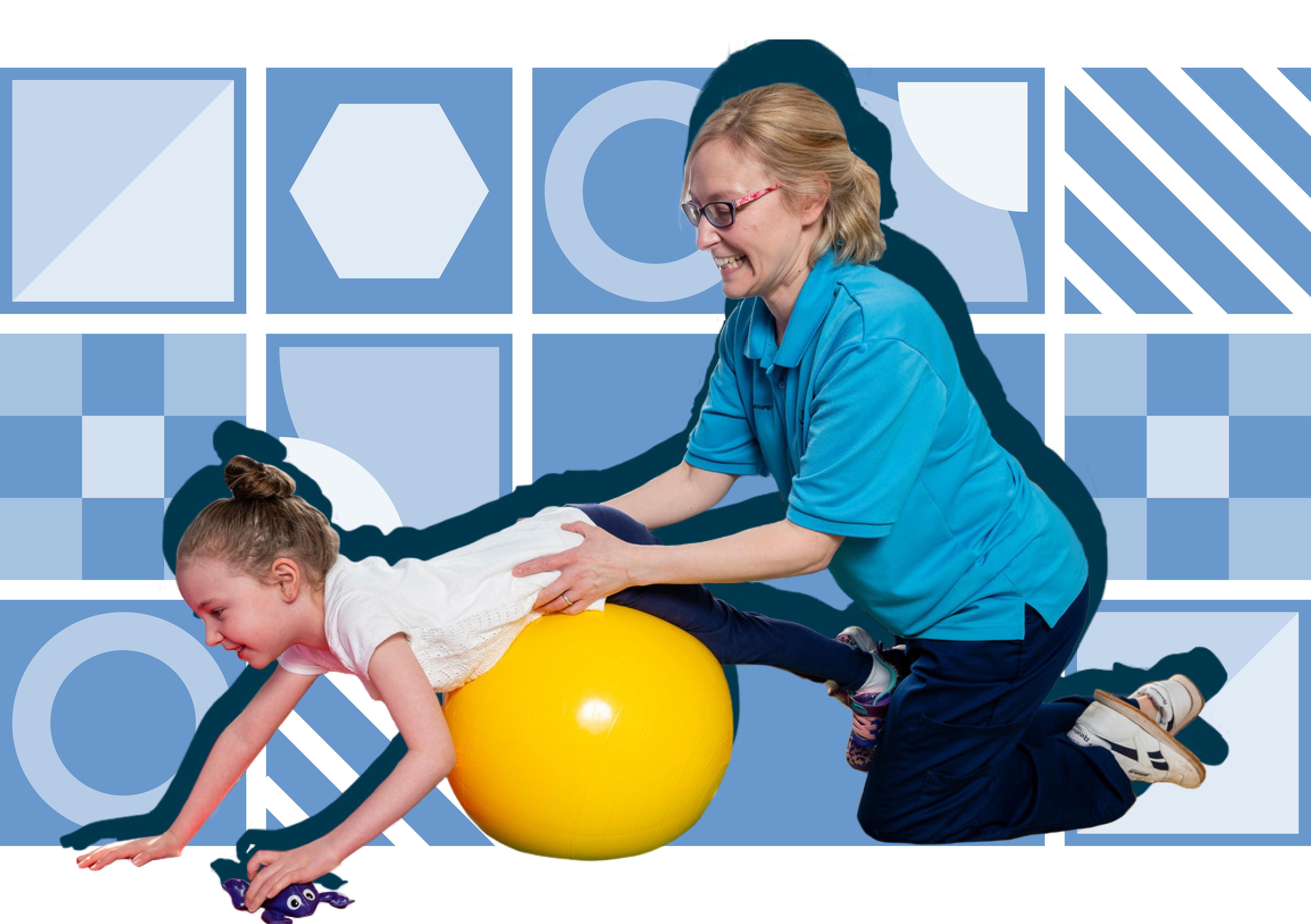Population healthcare

Population healthcare
Population healthcare or Healthcare Public Health aims to maximise value, equity and good outcomes through the design and delivery healthcare services and interventions by focusing on the needs of the population. This means delivering person centred, preventative approaches across the entire health and care system and beyond.
The Faculty of Public Health describe this as:
prioritising available resources, by preventing diseases and by improving health related outcomes through design, access, utilisation and evaluation of effective and efficient health and social care interventions, settings and pathways of care.
This is often referred to as secondary prevention which focusses on reducing the impact of an identified need/condition/disease. The aim is to avoid deterioration or complications arising by delivering early identification, intervention and support.
AHPs can play an important role of addressing the needs of targeted groups/populations through delivery of healthcare services or interventions. This includes rehabilitation, recovery and reablement and supported self management of long term needs.

What do we know?
- Public Health Scotland have published a series of papers on the impact of COVID-19 on children and young people. Findings support practitioners, service providers and policy makers to respond to children and families in need, and adapt services appropriately.
- The Equity for All Report (2022) based on The Balanced System model, highlights five key areas which all need to be addressed if systemic change is to be achieved and sustained in the population. These include Family Support, Workforce, Environments, Identification and Interventions. This model has been adopted by many AHPs including Speech and Language Therapy and Occupational Therapy.

How can AHPs contribute to this aspect of public health?
- Consider the prevalence and incidence of need in local populations and ensure awareness of your population’s demographics and diversity
- Promote collective responsibility and collaborative working across health, education, care and third sector
- Consider prevention and early intervention in the design of service pathways or models of care
- Promote self- management and support for children, young people and families
- Provide training, and learning resources to increase knowledge and skills of the wider population
- Promote early identification of needs and work in partnership with others to develop robust, evidence based early intervention approaches
- Offer early access to expertise, reassurance, advice and signposting
- Promote parental access to information, support, advice or by providing advice sessions for community groups
- Signpost to support groups and other community services and resources
- Consider how the impact of preventative approaches is measured in a meaningful way
- Co-create service delivery models with families and children and young people
Examples:
Enhanced neonatal follow up – AHPs including Occupational Therapists, Speech and Language Therapists and Dietitians in NHS Tayside provide advice and support in relation to feeding and early development in order to improve longer term outcomes for babies and families.
Let’s Prevent Diabetes – Dietitians in NHS Fife work antenatally to promote healthy eating and physical activity and deliver a programme of education targeted at those at greatest risk.
Self management/support – Orthotists in Greater Glasgow and Clyde promote information, support and resources to encourage self management and support for children and families by keeping them mobile and pain free and facilitating their return to education.
Parents Night – Occupational Therapists in NHS Tayside attend parents nights and other school events in order to contribute to discussions about children’s wellbeing and independence.
Speech, Language and Communication: online workshops – Speech and Language Therapists in NHS Lanarkshire have developed a library of 107 YouTube workshop style videos for families, parents and education staff highlighting different approaches to support children with speech, language and communication needs.
View and share more examples and case studies on the AHP Children and Young People Virtual Community of Practice Teams channel

 Reflection points
Reflection points
- What prevention or early intervention services do you currently offer?
- Are you aware of the prevalence of need in the populations you are working with?
- How can we gather data through evaluation and research on the impact of preventative approaches?
- What challenges do you face in offering preventative approaches and how might you overcome these?


Population healthcare
